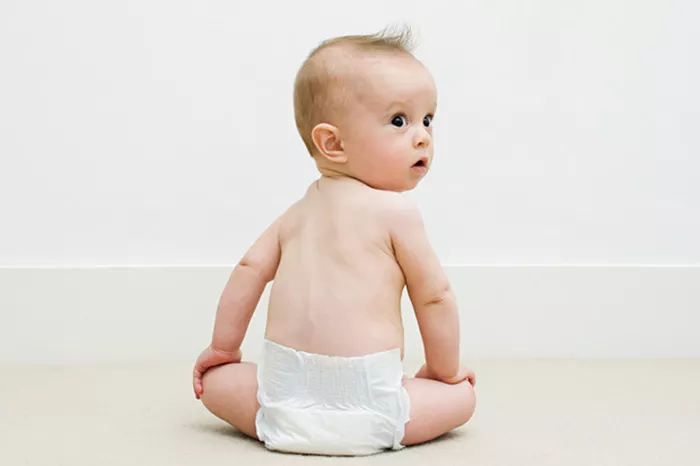Economists are attributing Australia’s sharply falling birth rates to rising cost-of-living pressures, marking a decline not seen since the 1970s.
KPMG’s recent analysis of Australian Bureau of Statistics (ABS) data reveals a consistent drop in birth rates across most major cities, with the exception of Canberra. The data shows that Australia recorded 289,100 births last year, a decrease of approximately 13,000 from 2022. This figure is even lower than the birth numbers during the COVID-19 pandemic, which were 293,700 in 2020.
Terry Rawnsley, an urban economist at KPMG, noted, “This is a significant drop. To find a similar decline, we have to look back to the 1970s.” He highlighted that the “baby recession” is most pronounced in capital cities, suggesting a possible connection to economic factors such as housing costs. “For instance, housing is much more expensive in Melbourne than in Geelong,” he said. “For those considering starting a family, the cost of mortgages and rent is a major concern. If they struggle with these costs, having children becomes a tough financial decision.”
Tasmania and Canberra Buck the Trend
Unlike other regions, Tasmania and Canberra have not seen a baby boom but have experienced relatively stable birth rates. Tasmania, in particular, saw a noticeable increase of 2.1 percent compared to 2019. Rawnsley attributes this to more affordable housing in these areas. “The cost of living increases in Tasmania and Canberra were not as steep as elsewhere, providing some financial relief,” he explained.
Inner suburban areas in most cities also showed lower birth rates compared to outer suburbs and regional areas.
Personal Stories Reflect Broader Trends
Carina La Delfa and Daniel Rosenow, a couple from McKinnon, Melbourne, work together at a bakery they opened last year. Despite their long-term relationship and desire to have children, they feel financially unprepared. “We’re not in a position to have kids yet,” La Delfa said. “The costs are just too high. We want to be financially stable before considering starting a family.”
Housing and Infrastructure Impact
Rawnsley suggests that smaller housing units in capital cities, like Melbourne, Sydney, and Brisbane, might contribute to lower fertility rates. “There’s a clear spatial disparity linked to housing size in these locations,” he said.
Amanda Davies, a social scientist at the University of Western Australia, believes that both housing and infrastructure play roles in discouraging families in inner-city areas. “The inner city is not ideal for starting a family,” Professor Davies told ABC Radio Perth. She views the declining fertility rate as a “canary in the coal mine,” indicating the impact of living costs and housing shortages on population dynamics.
Policy Responses Needed
Professor Davies emphasizes that the current fertility rate, which is well below the replacement level of 2.1 children per woman, needs to be addressed. “Australia’s fertility rate is heading towards 1.6, with recent data suggesting it could be as low as 1.45,” she said. “To sustain or grow our population, we might need to rely more on international migration.”
She advocates for policy changes in areas like tax benefits, childcare, schooling, and dental care to support prospective parents. “As a wealthy nation, Australia has options to address this issue,” she noted.
Rawnsley believes that it may take time for birth rates to recover. “It’s likely that we will see weak numbers for the next couple of years,” he said. “Households need time to regain confidence and financial stability before starting families.”


